Rosalind Franklin : The Unsung Hero Who Discovered Double Helix
Rosalind Franklin:
Rosalind Franklin was born on July 25, 1920, in London, England. She showed a strong interest in science and math from a young age. She studied chemistry at Cambridge University, one of the top universities in the world.
Rosalind Franklin’s Achievements:
- She Captured the Most Famous Image in Molecular Biology Rosalind Franklin took “Photograph 51”, a critical X-ray diffraction image of DNA. This image provided the first clear evidence that DNA has a helical structure, which directly led to the model proposed by Watson and Crick.
- She Pioneered Two Fields: DNA and Viruses While she is most famous for her DNA work, Franklin made significant contributions to virology. Her work on the tobacco mosaic virus (TMV) revealed that its RNA is located inside a hollow cylindrical protein shell — a major advancement in understanding viral structure.
- Her Work on DNA Was Shared Without Her Permission Maurice Wilkins, a colleague at King’s College, showed Franklin’s Photograph 51 to James Watson without her knowledge. This played a crucial role in Watson and Crick’s double helix model — yet Franklin wasn’t credited properly at the time.
- She Was a Master of X-Ray Crystallography Franklin was a world expert in X-ray crystallography, a technique that reveals molecular structure. Her precise and methodical work allowed her to capture incredibly detailed images of complex molecules, including coal, graphite, DNA, and viruses.
- She Unlocked the Secrets of Coal and Carbon Before her work on DNA, Franklin conducted groundbreaking research on the porosity and microstructures of coal and graphite. This had practical applications during WWII for improving gas masks and fuel efficiency.
- She Nearly Discovered the DNA Double Helix First Franklin’s own unpublished drafts and notes indicate she was very close to concluding the helical structure of DNA herself — independently of Watson and Crick. Some historians believe that given more time, she would have beaten them to the discovery.
- Her Viral Work Set the Stage for Structural Biology Franklin’s research on viruses, especially with her team at Birkbeck College, laid the foundation for modern structural virology. She determined that some viruses are made of helical symmetry, a concept crucial in modern vaccine design.
- She Was a Multi-Disciplinary Scientist Franklin’s career spanned physical chemistry, molecular biology, and virology. Her ability to shift disciplines and still produce pioneering work is rare and remarkable in the scientific community.
- She Worked Up Until Her Final Days Even as she battled ovarian cancer, Franklin continued her research. She was actively publishing papers and supervising students until just weeks before her death in 1958 at the age of 37.
- She Was Not Recognized by the Nobel Prize The Nobel Prize for the discovery of DNA’s structure was awarded in 1962 to Watson, Crick, and Wilkins. Franklin had passed away by then, and Nobel Prizes are not awarded posthumously. Many believe she would have been included had she lived.
Rosalind Franklin’s story is a reminder: Precision matters. Credit matters. And above all, science needs more voices like hers.
Let’s make sure her legacy never goes unspoken.
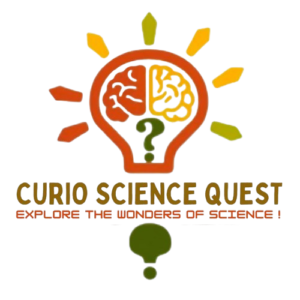
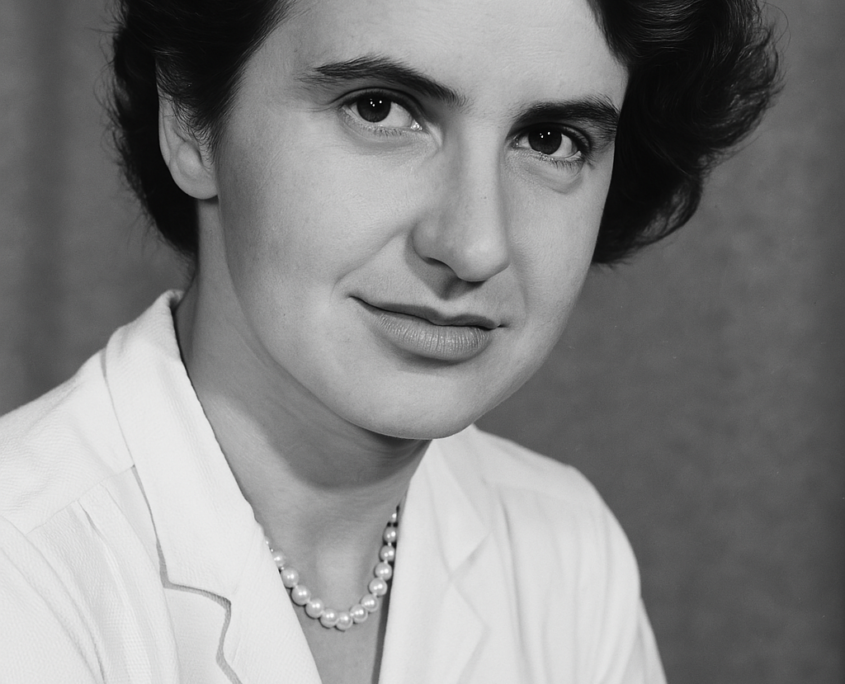
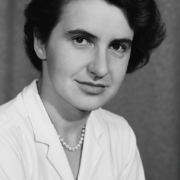
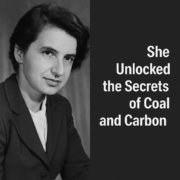
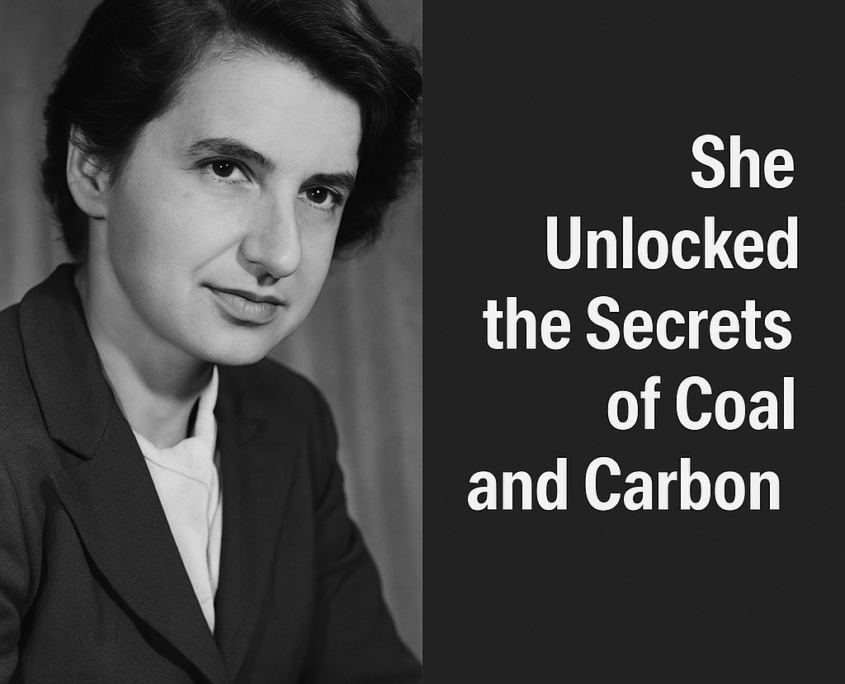
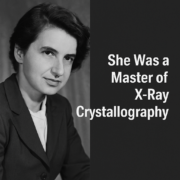
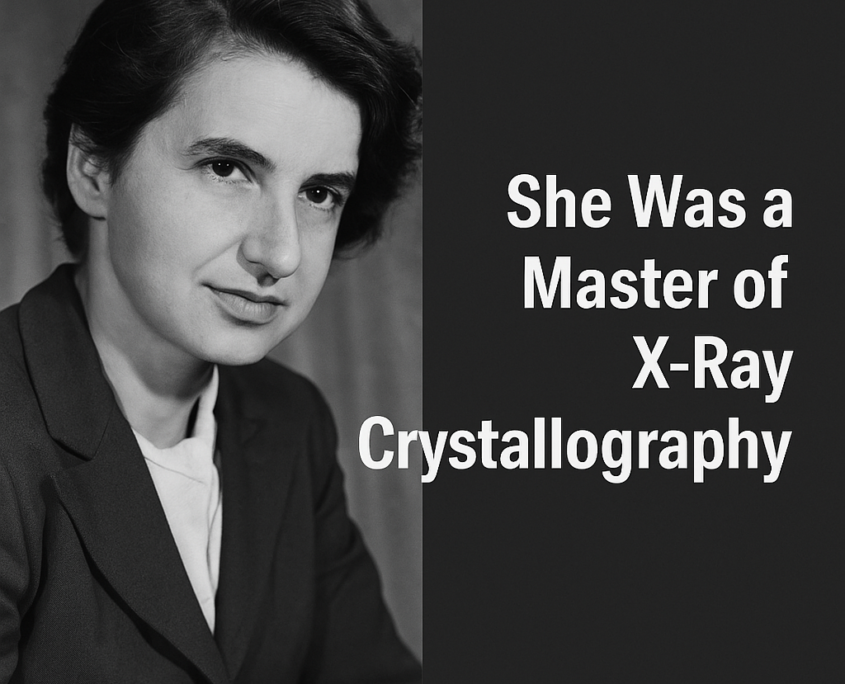
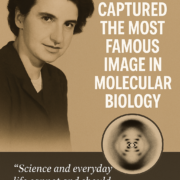


 curio science quest
curio science quest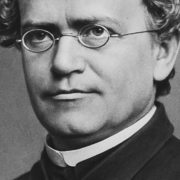



Leave a Reply
Want to join the discussion?Feel free to comment!